Chris Webb on Lectio Divina

Chris Webb, the President of Renovare writes about lectio divina in his Heart-to-Heart Fall 2008 Pastoral Letter.
The roots of lectio divina lie back in the earliest days of the Christian church, especially in the teaching of the desert fathers and mothers and in the Benedictine tradition. The classic description of lectio was written sometime later, though, by a Carthusian prior called Guigo II who lived in the French Alps during the twelfth century. He writes about his thinking in a simple, unaffected way:
One day when I was busy working with my hands I began to think about our spiritual work, and all at once four stages in spiritual exercise came into my mind: reading (lectio), meditating (meditatio), prayer (oratio) and contemplation (contemplatio) . . . Reading is the careful study of the Scriptures, concentrating all one’s powers on it. Meditation is the busy application of the mind to seek with the help of one’s own reason for knowledge of inner truth. Prayer is the heart’s devoted turning to God to drive away evil and obtain what is good. Contemplation is when the mind is in some sort lifted up to God and held above itself, so that it tastes the joys of everlasting sweetness (Scala Claustralium, chapter II).
Guigo is describing a way of reading Scripture which is quite different to the approach many of us have learned. This is not a “study” of Scripture, an attempt to draw out from the Bible eternal principles which we then teach others or apply in our own lives—coming to the Bible as though it were a user’s manual for the Christian life. Guigo assumes that, when Paul writes that “all Scripture is God-breathed” (2 Tim. 3:16), he is speaking less about issues of truth and infallibility, and more about the infusion of divine life itself into the text. So, when practicing lectio, we do not come looking for doctrines to be learned—we come looking for a Presence to be encountered. The Bible is not so much the stone tablets recording the law, as it is the burning bush from which God speaks . . . here and now.
Lectio divina begins, of course, with reading. A careful, attentive, prayerful, and open-hearted reading of the Bible. This takes time. We cannot read Scripture the way we read the New York Times or an article on Wikipedia. The Bible is not susceptible to skimming, to summarizing, to speed-reading; there is a fundamental difference between Google and the gospel. Scripture is deep, rich, complex, and multi-layered. It speaks through nuances and details. It yields its fruit slowly and gently. This means we need to find the right environment to practice lectio with prayerful attention. We can, of course, read the Bible anywhere: on a train, in a mall, over a coffee in Starbucks. But some places are more conducive to lectio than others; a good length of time spent reading in uninterrupted quiet is essential. For some, that is hard to achieve. Try not to fret about this: take what time you can, where you can. A good half hour once a week is better than a frantic five minutes every day.
Reading leads to meditation (meditatio). Christians of past generations had a very rich idea of what the inspiration of Scripture might mean: for them, it meant that the consistent character and purposes of God were reflected in every part of the Bible, so each passage of the Bible spoke to all other passages. We see this in Paul’s letters: the lives of Sarah and Hagar are figures of the two covenants (Gal. 4:12); the Hebrews drank water from the rock, and that rock was really Christ (1 Cor. 10:4); the veil over the glory of Moses’ face is the veil over the hearts of those who do not receive Christ (2 Cor. 3:15). Meditation is the process of slow reflection on Scripture that allows these perpetual echoes to be heard, so that over time the various voices and stories of the Bible integrate into the one great narrative of God and creation. By reflecting on Scripture, we allow the Spirit to speak through the words of the many human authors; we take inspiration seriously.
After meditation comes prayer, oratio. But this is not the place to lay down the Bible and take up our intercession lists. When we speak of prayer in the process of lectio, we are speaking of allowing the text to draw us beyond the page into the Presence. As we listen for the voice of the Spirit in Scripture, so we respond to the Spirit present within us. We transform our reading into conversation, sharing with God our responses to the text, the concerns it raises, the memories it provokes, the people it reminds us about. In turn, we listen for God’s direct and present voice replying, bringing the text alive in our current experience. We allow the living and active word to speak into our lives, to challenge and provoke us, to comfort and console us.
And finally we come to rest in contemplation—perhaps the least understood movement in lectio divina. We often use the word “contemplation” to mean thinking; perhaps, then, contemplation is yet more reflecting on the words of the passage? No. In the Christian tradition, contemplatio is becoming still in the presence of God, neither speaking nor necessarily being spoken to, but simply waiting attentively and lovingly on God. Think of the way old friends can allow conversation to drift into companionable silence. When our relationship is deep and rich enough, we do not need to talk all the time: it is enough just to be together. This is contemplatio. We have allowed Scripture not only to increase our knowledge of God, but also to entice us into deeper relationship with God.
read more
picture: fickr: Idiay
Labels: Bible, Spiritual Disciplines, Spiritual Formation





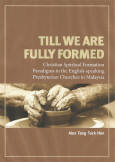
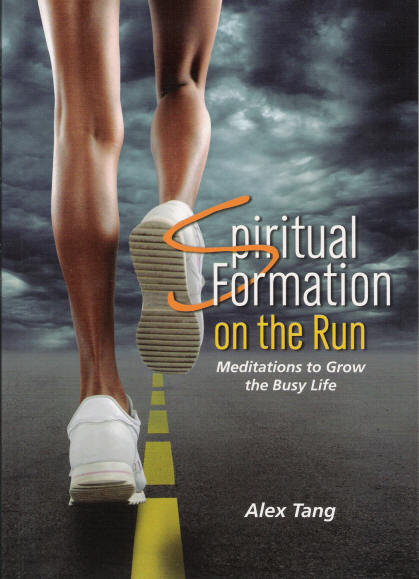
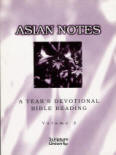
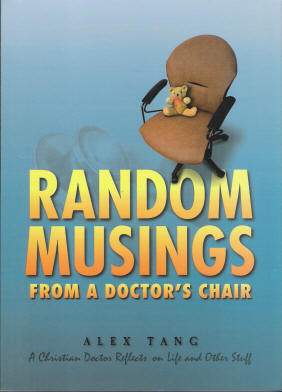

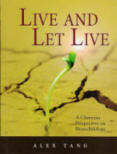


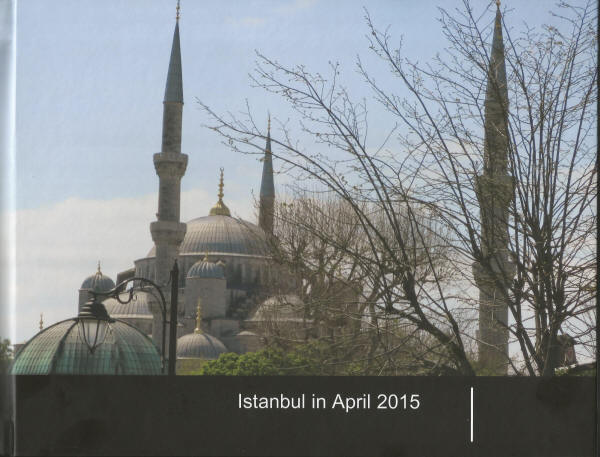
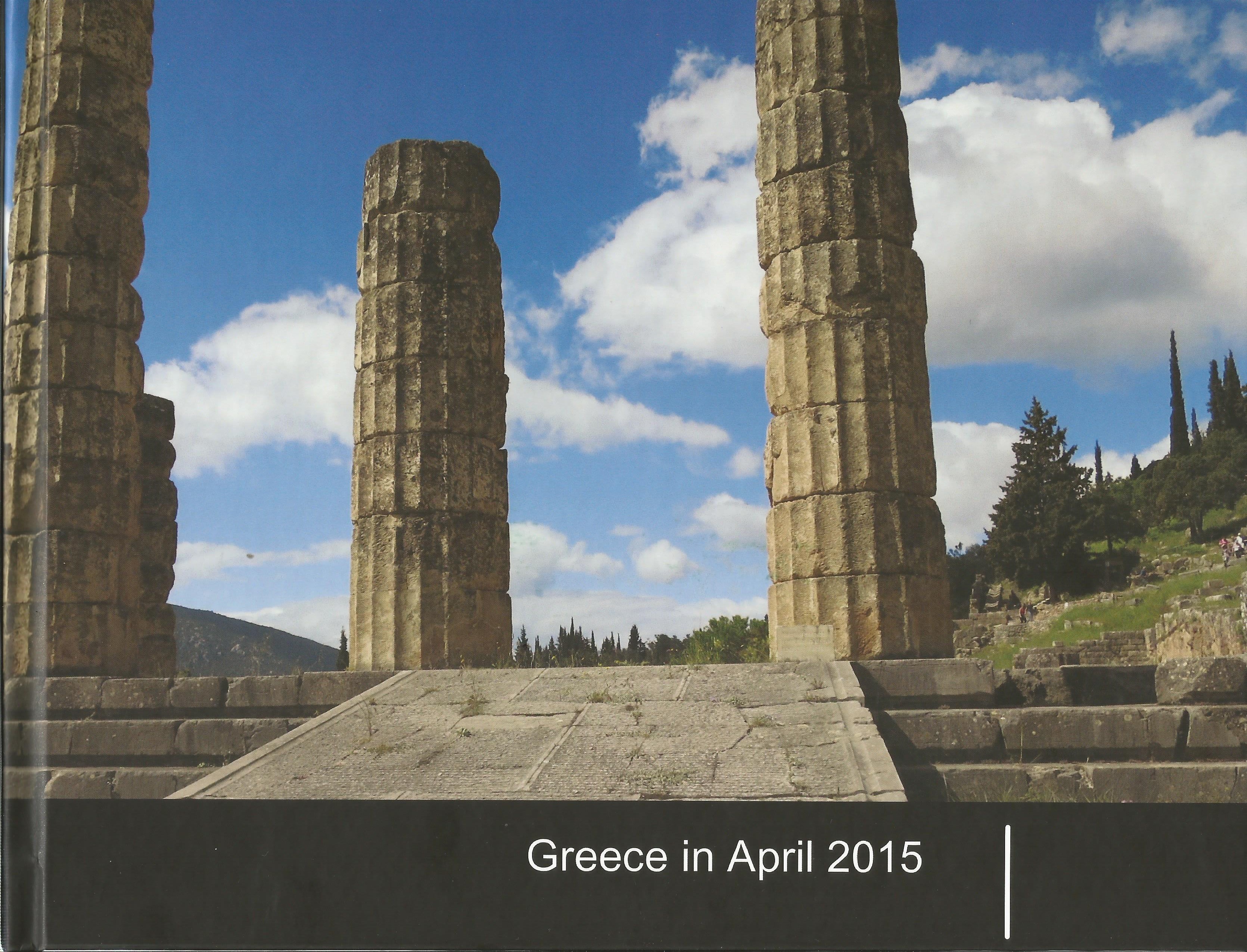
0 Comments:
Post a Comment
<< Home